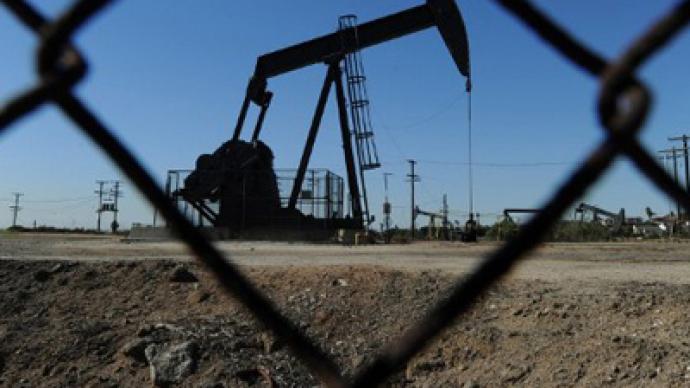Revealed: Recent quakes in US 'almost certainly man-made'

A US Geological Survey research team says a remarkable increase in earthquake occurrence in the US in the past decade is “almost certainly man-made.”
According to the study by USGS, oil and natural gas extraction activity have possibly provoked a series of recent earthquakes from Alabama to the Northern Rockies.However, USGS authors did not estimate a direct cause-effect relationship between oil and gas activity and earthquakes.“It remains to be determined how they are related to either changes in extraction methodologies or the rate of oil and gas production,” says the abstract for USGS study, published by the Seismological Society of America. However they gave a possible explanation for it. They relate it to drilling, which requires the disposal of millions of gallons of wastewater for each well. The number of wells drilled has increased over the past decade. A recent series of earthquakes in north-eastern Ohio, the latest and largest being on New Year's Eve, has prompted that state's Department of Natural Resources to close or suspend development by natural gas drillers of five deep wastewater disposal wells pending an investigation into well impact on increased seismic activity in the area.Earthquakes have been linked to so-called injection wells in other states. For example, Arkansas imposed a permanent moratorium on disposal wells in an approximately 1,200 square-mile area, due to enhanced seismic activity near the Fayetteville Shale.“The acceleration in activity that began in 2009 appears to involve a combination of source regions of oil and gas production, including the Guy, Arkansas, region, and in central and southern Oklahoma. Horton, et al. (2012) provided strong evidence linking the Guy, AK, activity to deep waste water injection wells,” the study says. The research team led by USGS geophysicist William Ellsworth, says the frequency of earthquakes began rising in 2001 across a broad swath of the country between Alabama and Montana and culminated “in a six-fold increase over 20th century levels in 2011.”Meanwhile, according to the federal Energy Information Administration, shale gas production grew, on average, nearly 50 per cent a year from 2006 to 2010.













